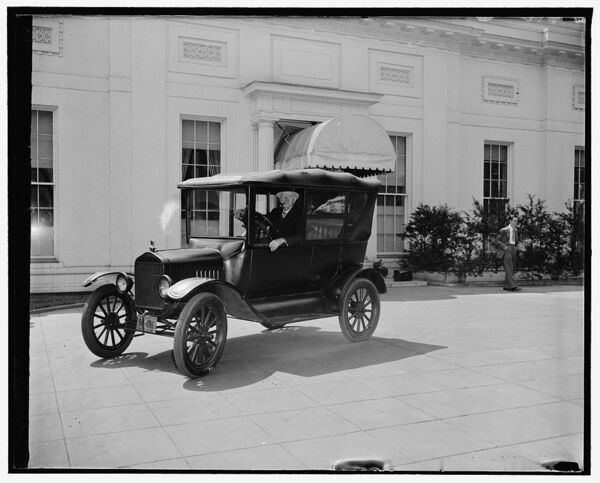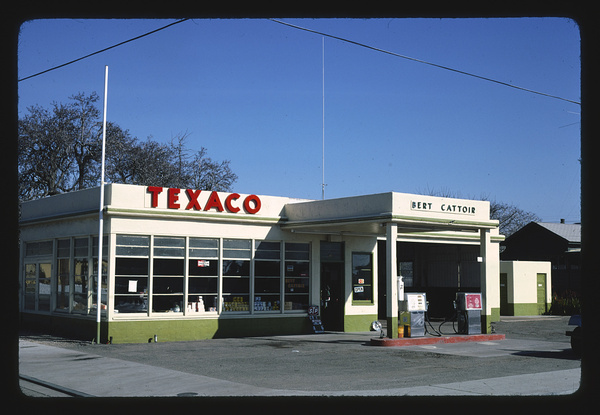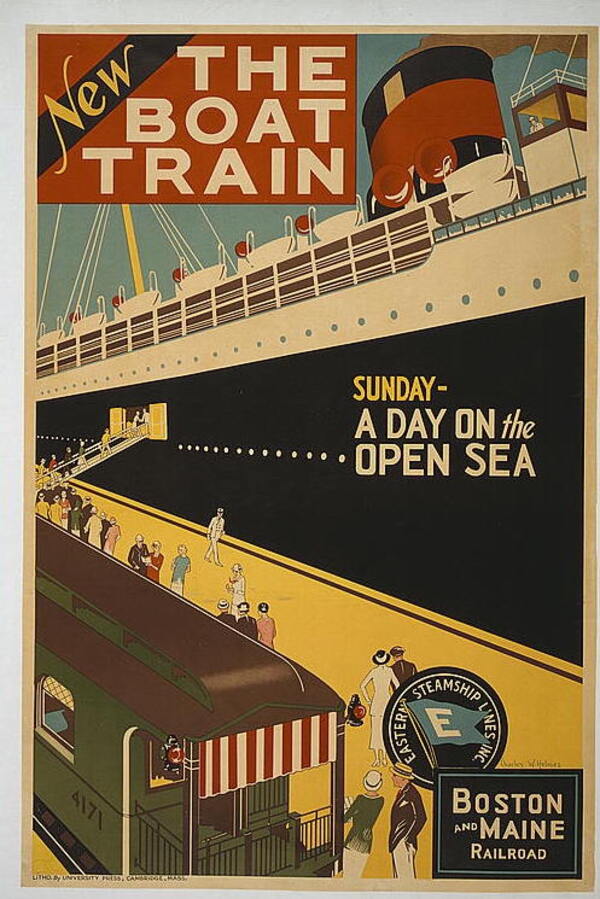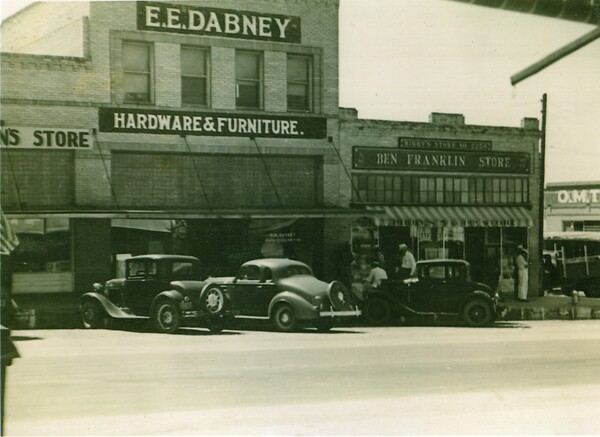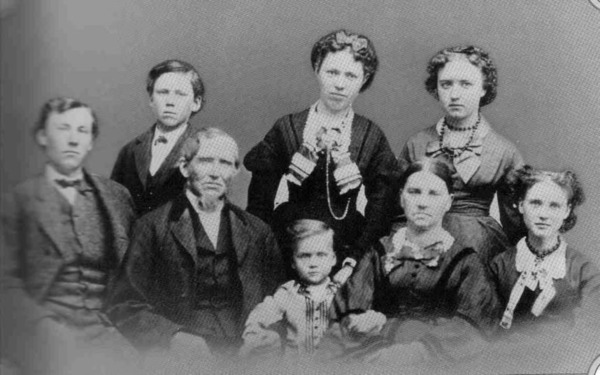While many people reflect on the logging industry of the late 1800s and early 1900s as a time of waste, it is true that the industry was necessary for the westward expansion of the nation. Thousands of hard working men and women did these dangerous jobs to provide wood for homes and bridges. We've always been fascinated by images from this time because it was the exact opposite of the gold rush: trees were everywhere, but they were large, heavy, and almost impossible to transport to buyers. We thus wanted to put together these photos as a tribute to the families who, literally, helped build the nation.
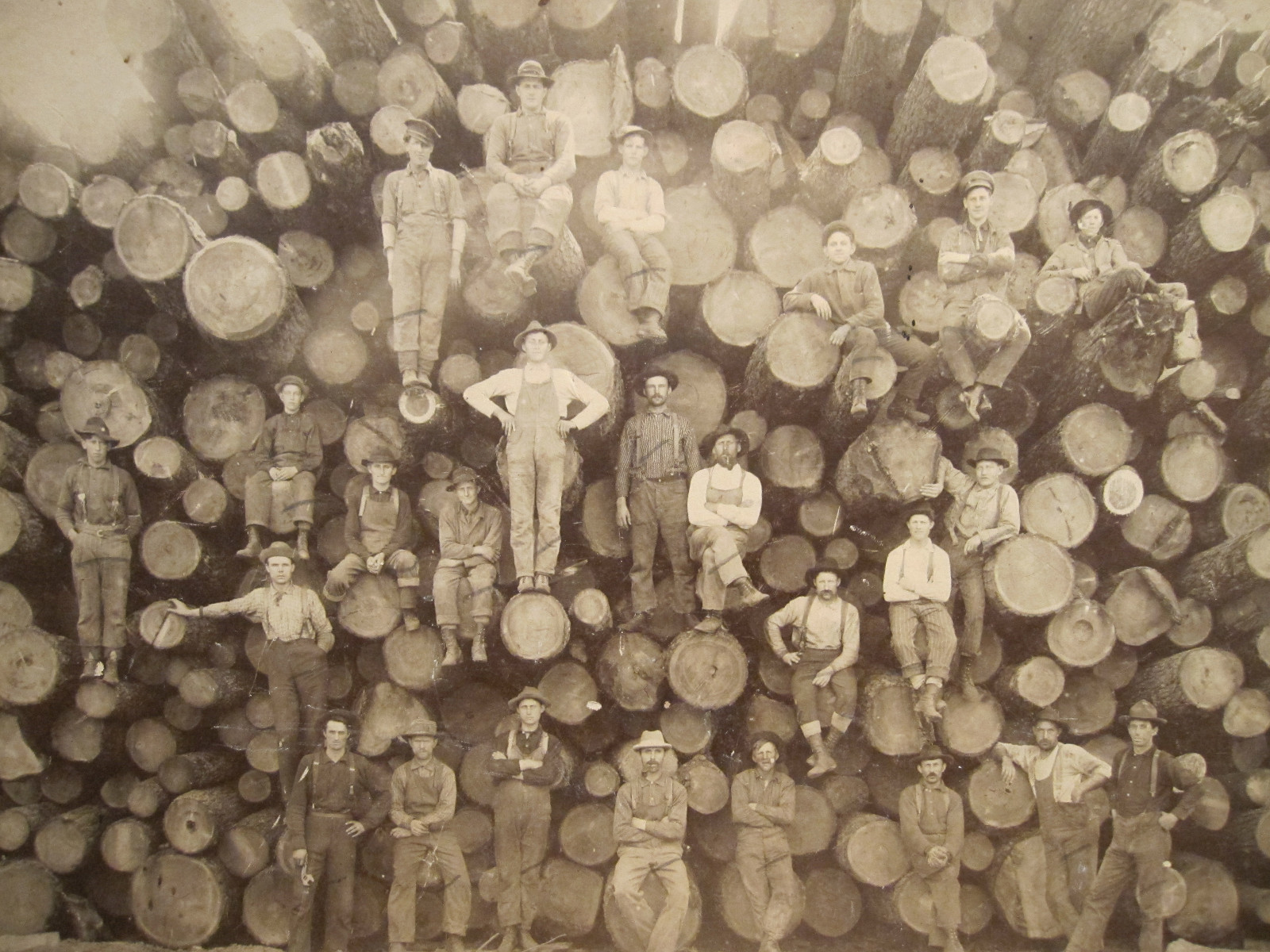
A group of loggers pose together around 1900. Bringing in a haul of this size would take months of work, and you can see the pride in their faces. Hit "next page" below to see the rest of the photos.
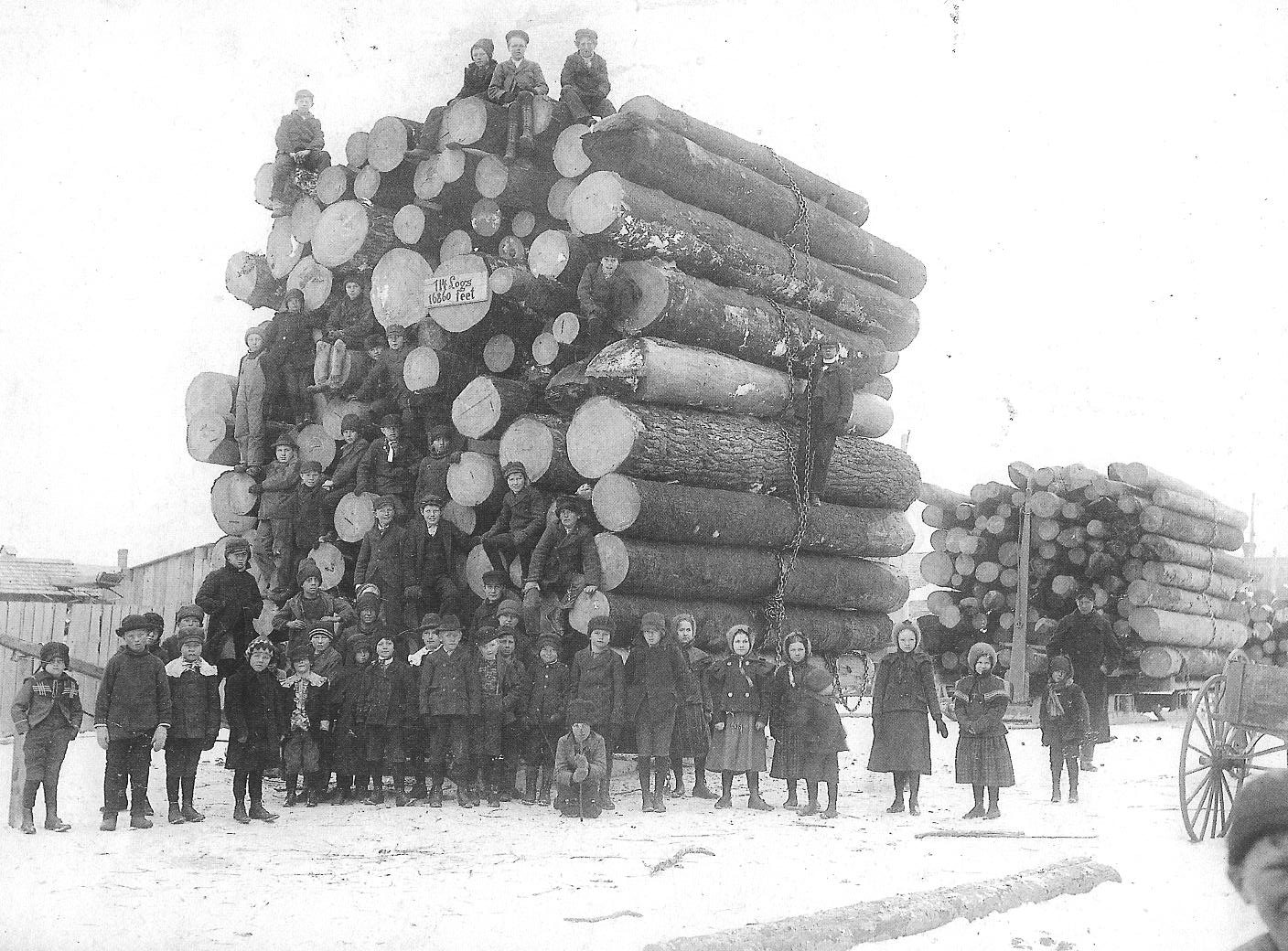
A group of children from logging families in Wisconsin pose behind a championship load!
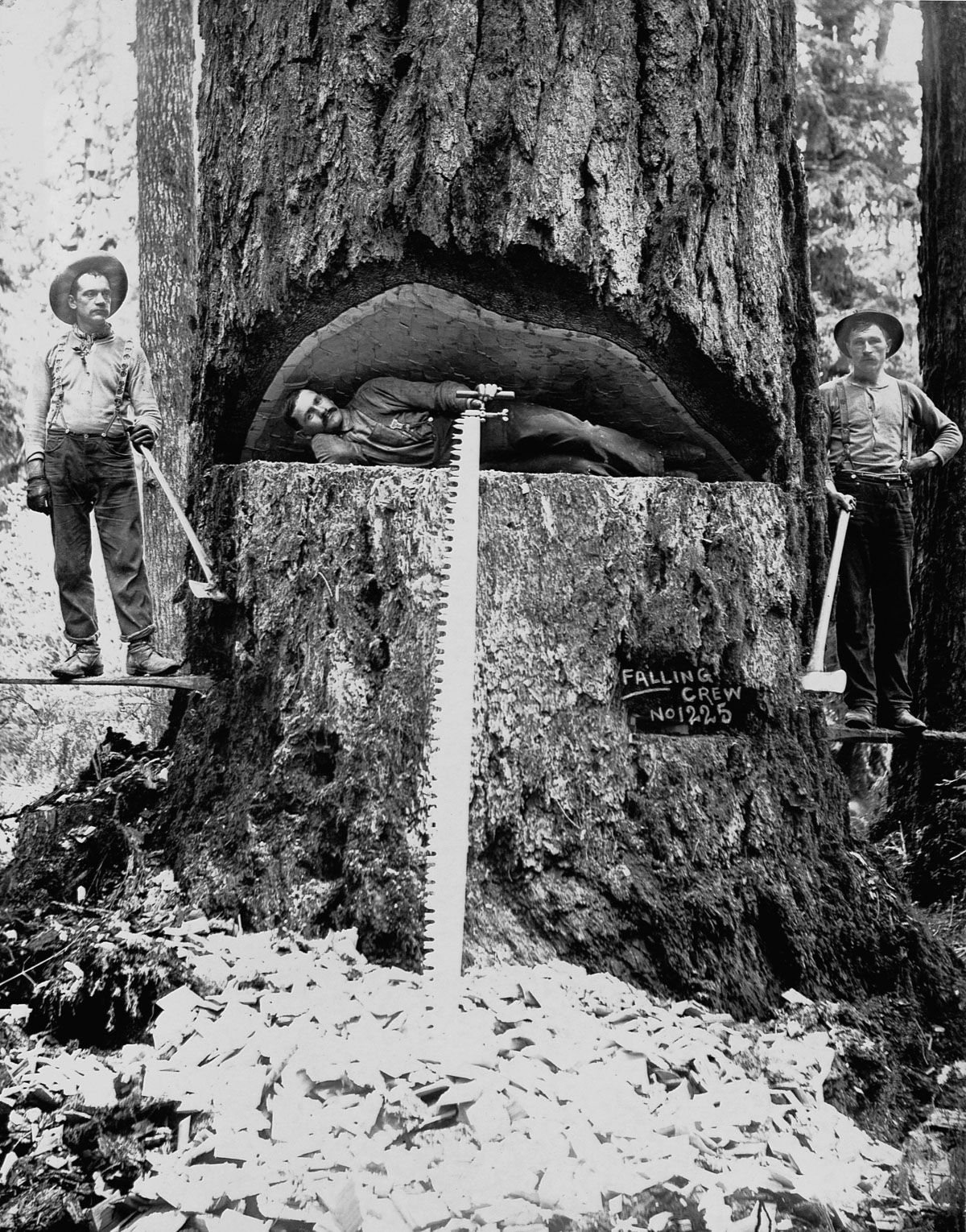
Three men stand beside a fir tree in Washington they were preparing to fell in 1899.
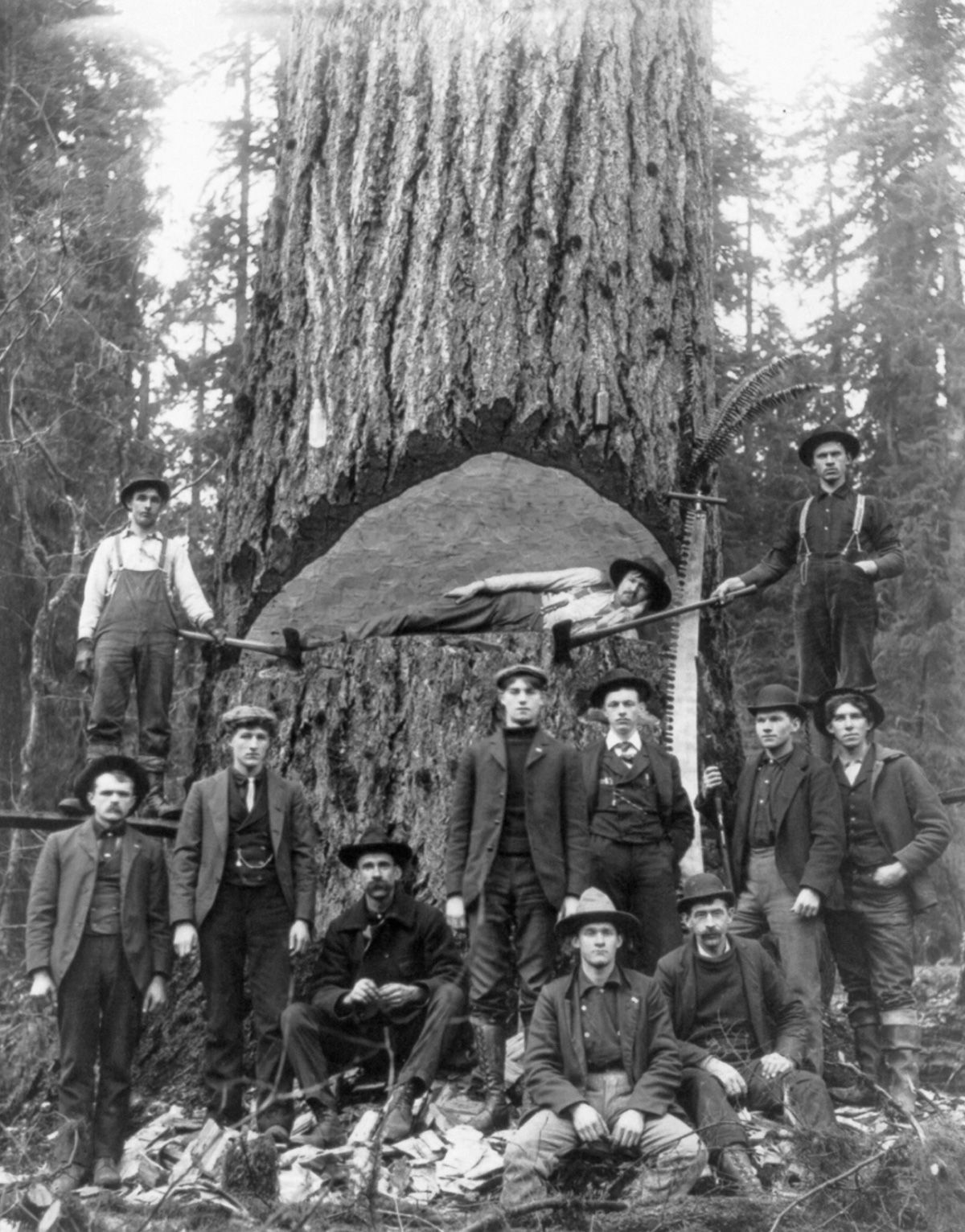
A group of lumberjacks pose by a Douglas fir tree in Washington in 1902
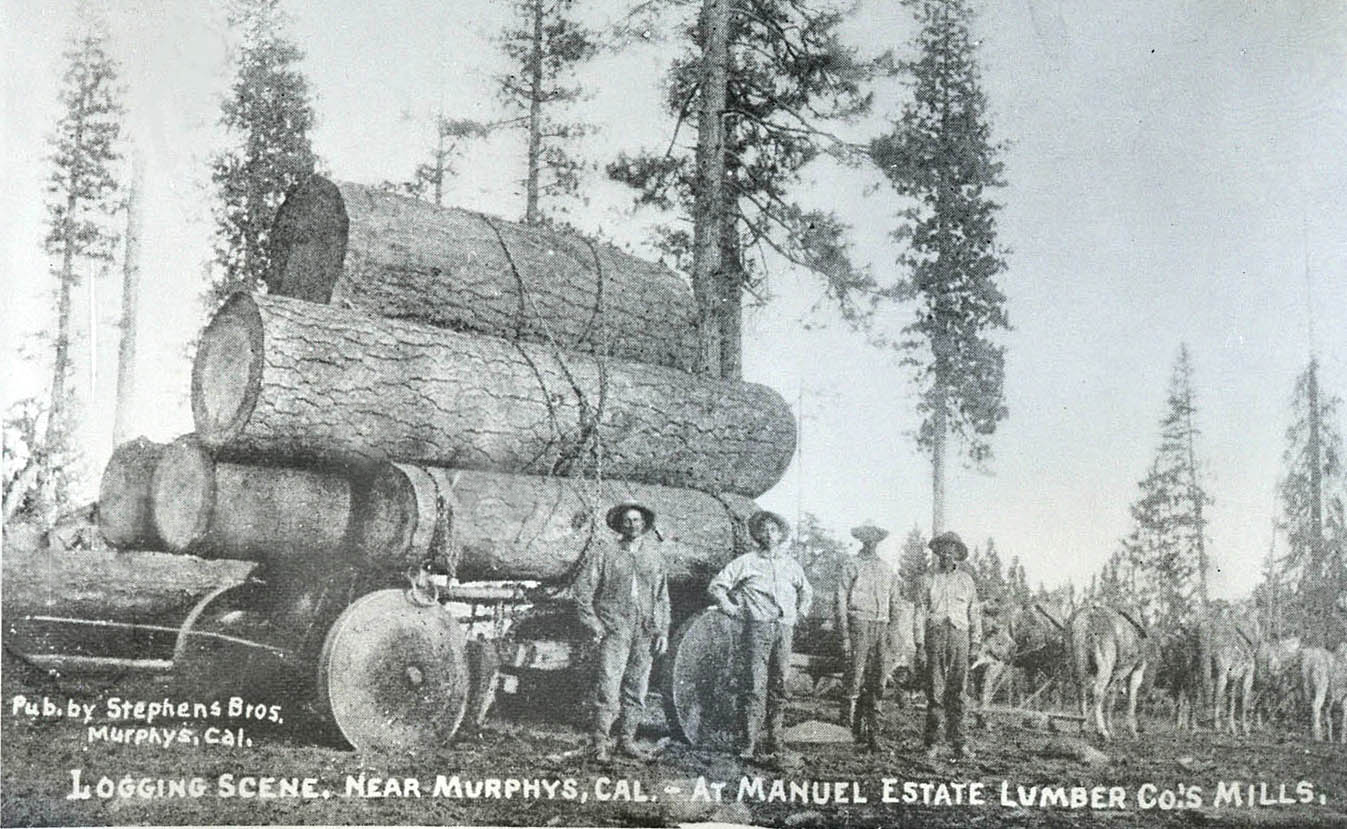
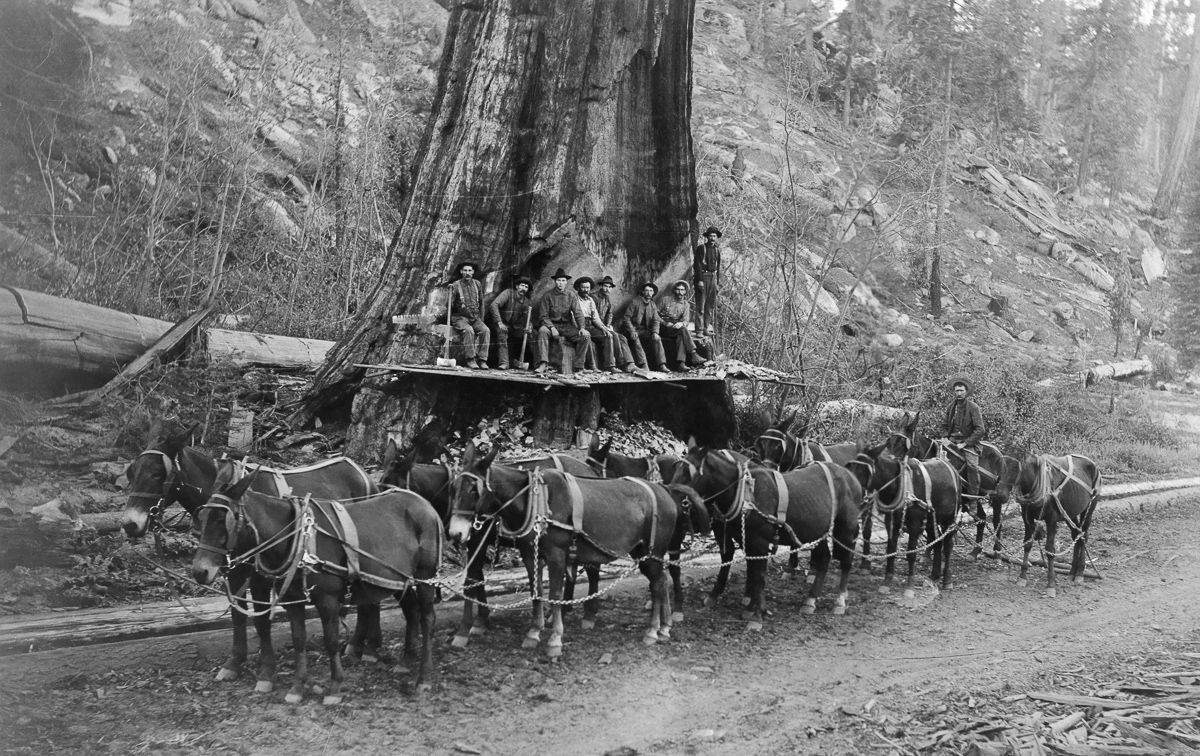
It often took large teams of mules to not just fell the tree, but then transport it to a location where it could be properly divided and moved (usually by train). This photo is from 1917 and part of the National Geographic collection.
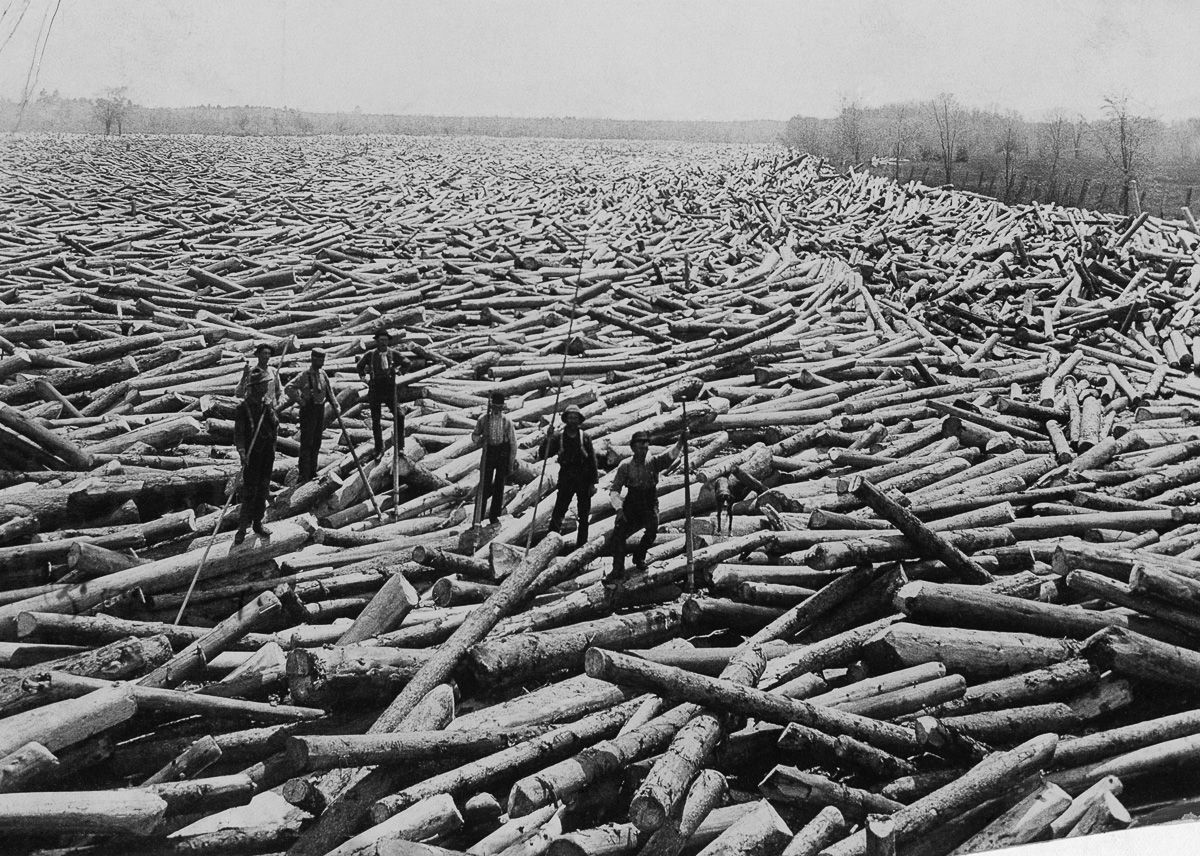
Transporting lumber down the river in rural New York in 1907.

Over 100 men pose together in California in 1917 after the felling of this giant Sequoia tree. credit: National Geographic
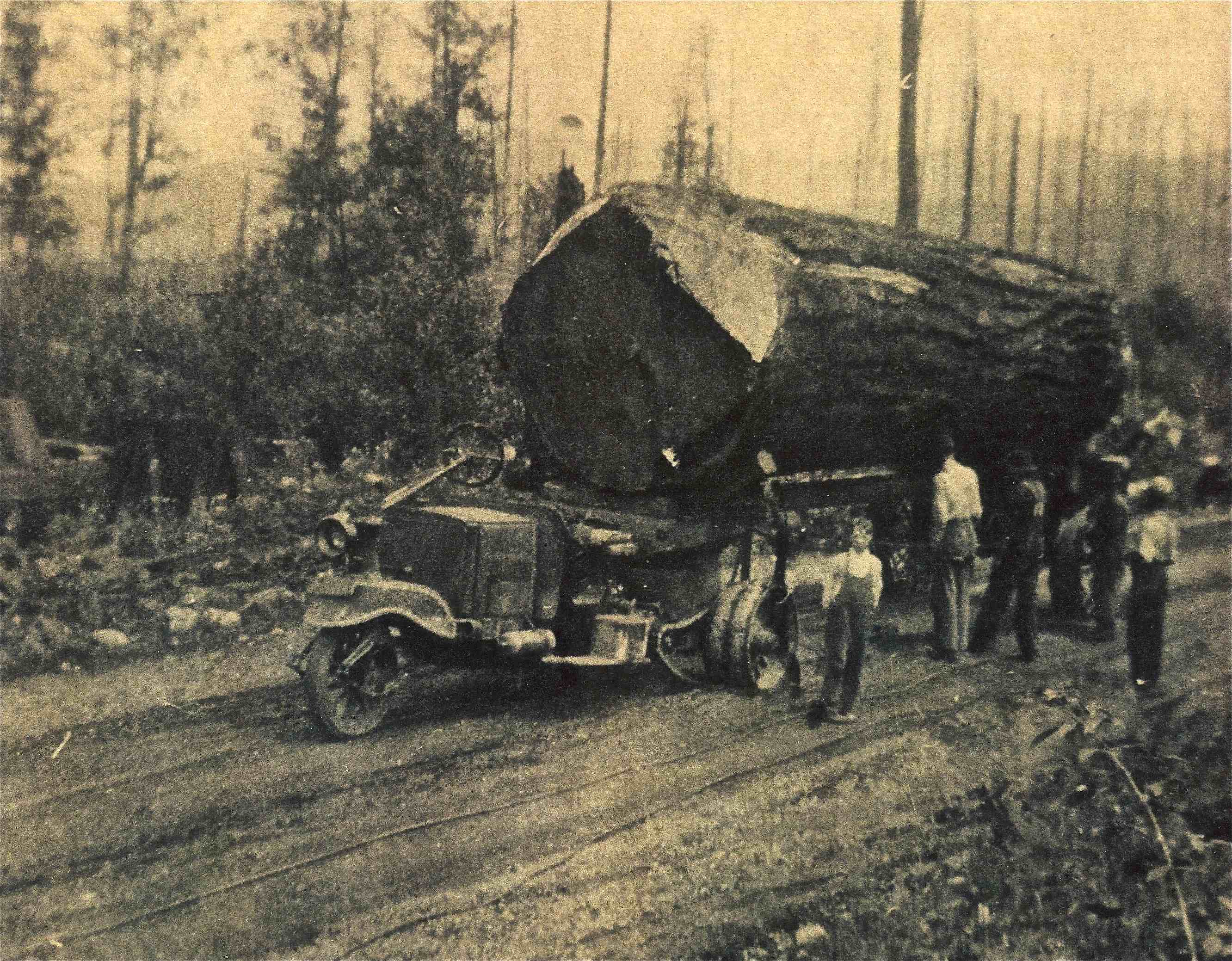
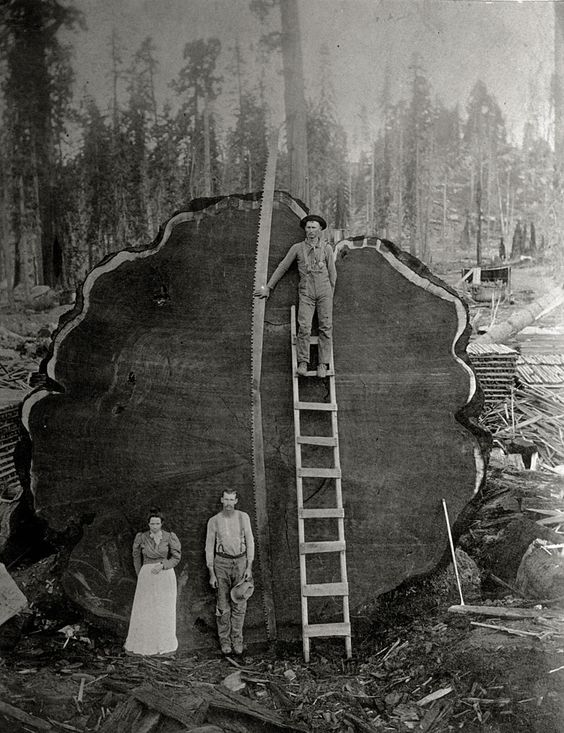
A family stands at the base of a Sequoia they had cut down in California in 1892. Just looking at the saw you can tell how long this must have taken them!

Wonder how they got those trees to their destination? Once they got them to a manageable size, they carted them by rail as you see here. It was quite the feat to get them to this location and then up ON to the cars.
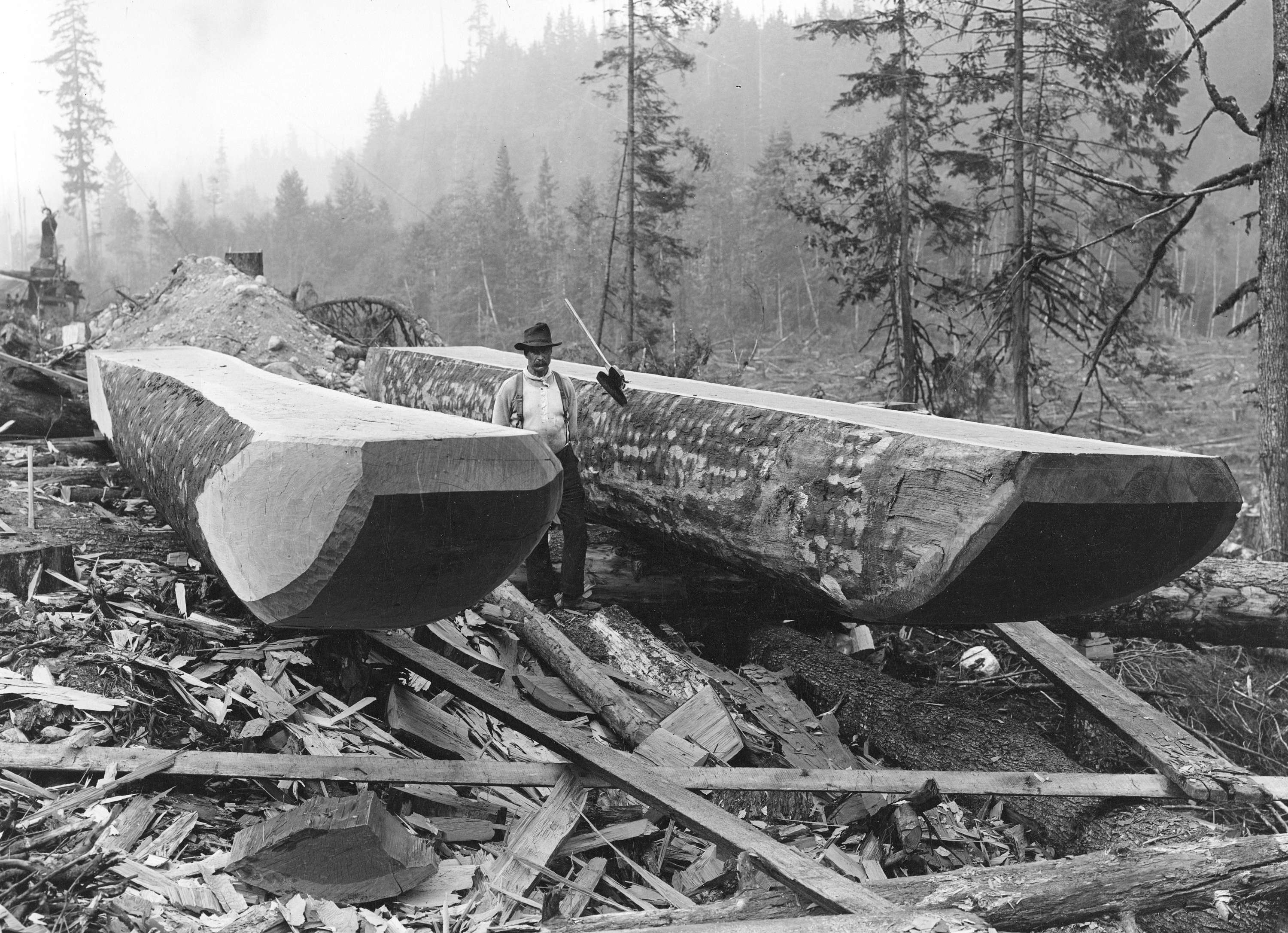

A team of loggers in Michigan in the early 1890s. They were preparing a haul to head down to the 1893 World's Fair. This is one of our favorite photos from the era. They didn't have big bulldozers or haulers back then, so they made their own sleds out of the very product they were transporting!
If you liked this story, hit the "Share" button below to pass it on...
Next Article
